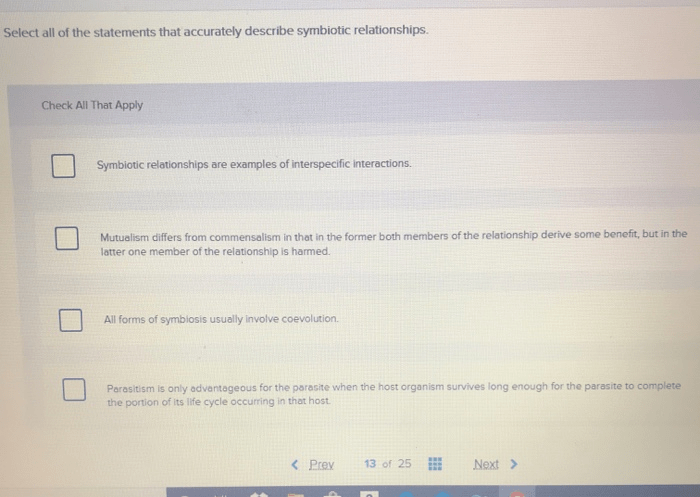Select all the statements about twentieth-century melodies. This topic offers a captivating exploration of the remarkable evolution of melody during the 20th century, marked by groundbreaking innovations and influences that shaped the course of musical history.
The journey begins by examining the shift in musical styles from the 19th century to the 20th century, uncovering the impact of technological advancements on musical composition. It then delves into the distinctive features of 20th-century melodies, such as chromaticism, atonality, and polytonality, providing examples of specific compositions that showcase these characteristics.
Historical Context: Select All The Statements About Twentieth-century Melodies.

The 20th century witnessed a profound shift in musical styles, departing from the traditional tonality and structures of the 19th century. This transformation was driven by a combination of factors, including technological advancements and a growing openness to non-Western musical influences.
Impact of Technological Advancements, Select all the statements about twentieth-century melodies.
- The invention of sound recording and reproduction technologies allowed composers to experiment with new sounds and textures.
- Electronic instruments, such as the synthesizer, provided composers with unprecedented sonic possibilities.
- The development of music notation software facilitated the creation and dissemination of complex musical ideas.
Characteristics of 20th-Century Melodies
20th-century melodies are characterized by a wide range of distinctive features, including:
- Chromaticism: The increased use of chromatic notes, creating a sense of dissonance and instability.
- Atonality: The absence of a clear tonal center, resulting in a more abstract and dissonant sound.
- Polytonality: The simultaneous use of multiple keys, creating a complex and layered texture.
Examples of compositions that showcase these characteristics include Arnold Schoenberg’s “Pierrot Lunaire” and Igor Stravinsky’s “The Rite of Spring.”
Influence of Non-Western Music
The 20th century saw a growing interest in non-Western musical traditions, which had a significant impact on the development of melodies.
- Composers incorporated elements such as pentatonic scales, irregular rhythms, and microtones into their works.
- This cross-cultural exchange resulted in a more diverse and innovative musical landscape.
Examples include Béla Bartók’s “Music for Strings, Percussion, and Celesta” and Claude Debussy’s “Pagodes.”
Top FAQs
What are the key characteristics of twentieth-century melodies?
Twentieth-century melodies are often characterized by chromaticism, atonality, polytonality, and rhythmic complexity.
How did non-Western music influence twentieth-century melodies?
Non-Western musical elements, such as scales, rhythms, and harmonies, were incorporated into twentieth-century melodies, contributing to their diversity and innovation.
What are some examples of twentieth-century compositions that showcase these characteristics?
Examples include Arnold Schoenberg’s “Pierrot Lunaire” for its atonality, Igor Stravinsky’s “The Rite of Spring” for its rhythmic complexity, and Béla Bartók’s “Music for Strings, Percussion, and Celesta” for its use of folk melodies.

